Table of Contents

Slate is a gorgeous material for countertops in a bathroom or kitchen. It is a fine-grained rock that has a beautiful and simple design to feel like there is a piece of the natural world in your home. Slate countertops may not have a large variety of colors, but the housing market will notice the extra effort homeowners take which will increase your property value.
To make sure this exquisite stone will last a lifetime, homeowners need to learn how to properly care for slate. Depending on the quality of the slate you purchase, will involve different levels of protection and cleaning to ensure it lasts forever.
That is why this article will provide a clear explanation on how to clean slate countertops and provide tips on how to keep it healthy from scratches and spills.
Basics of Slate Countertops
In order to properly clean slate countertops, one must recognize how slate is made and understand its composition so you can better comprehend what slate needs.
How is Slate Formed
Slate is formed when mud and a variety of other minerals are pressed together by extreme heat and pressure from the Earth’s crust. These minerals become layered upon each other in a process called foliation, which gives slate its iconic flat and sheeted appearance.
Slate Quality
Slate stone can vary on quality, depending on how well composed the mineral sheets have been layered.
· High Quality Slate will be more durable, less porous, have few cracks or divots, and cost more to purchase and install.
· Medium Quality Slate will have moderate durability, some pores which may require sealing, a few cracks, and divots where repairs might be necessary, and range in affordability.
· Low Quality Slate could feel brittle, crack and fracture easily, have numerous cracks and divots that will need repairing, and is the least expensive option.
[get_quote]
Why Does Slate Have Pores
Like all natural stones, slate has miniscule pores in the slab which are formed during the metamorphic process. These tiny holes are the spaces where gas and air were released while the stone was being pressed together with high heat for hundreds or thousands of years.
Some stones like marble and low-quality slate are very porous, meaning they have a lot of divots and grooves in the slab. These pores can be a problem for homeowners because the more pores a stone countertop has, the easier it will be for liquids to seep into the stone to cause staining and etching.
There are many stone sealers available which can be used to fill these pores to protect your countertop. These products can be purchased online and shipped directly to your home or can be provided by your countertop fabricator upon your purchase and installation.
Cleaning Slate Countertops
With a proper understanding of how slate is composed and what to be aware of, we can start discussing how to properly clean slate countertops.
Materials
|
Item |
Explanation |
|
Microfiber cloth |
Softer than regular clothes to help pick up dust, water, and residue without scratching the stone surface. |
|
Warm Water |
General wiping of countertop or dilution of chemicals for stain removal |
|
Mild Dish Soap |
Soft or mild dish soaps have less harsh chemicals in them than regular cleaners, reducing the risk of etching the stone. |
|
Neutral pH Cleaner |
An alternative cleaning solution if a soft or mild dish soap is not available |
|
Dry Soft Cloth |
A separate rag or cloth to absorb any lasting water drops to prevent stains |
Routine Cleaning
Clean your slate countertops every couple of days and whenever there is a spill or mess. The faster a mess can be cleaned up; the less risk of a stain will form.
Step 1: Use a bucket to mix the warm water with either the mild dish soap or the neutral pH cleaner. Use only one cleaner at a time as mixing too many chemicals can be hazardous.
Step 2: Dip the microfiber cloth into the soapy water solution, wringing out the excess solution in the bucket.
Step 3: Wipe the slate countertop in a circular motion with the damp microfiber cloth to remove all dirt and dust from the surface.
Step 4: Once all the dirt has been removed, wet the countertop down with regular warm water to remove excess soap particles.
Step 5: Use a separate dry cloth to completely dry the countertop so water stains do not form.
Dust Cleaning
Due to the texture and ridges slate countertops develop from the foliation process, dust can become trapped in the slab.
Step 1: Use a dry microfiber cloth and rub down each crevice of the countertop. To absorb dust particles easier, dampen the microfiber cloth with warm water.
Step 2: Use a separate dry cloth to absorb the excess water to avoid water stains from forming.
Slate Specific Cleaners
Stone companies will have specific cleaners designed to clean slate or other stones. Stonetech has amazing products like the Dupont Cucumber Scented Revitalizer Cleaner and Protector which will both clean slate countertops and protect it from dirt and debris from damaging the stone. As an added bonus, it can be used on other materials like granite, sandstone, ceramic and porcelain.
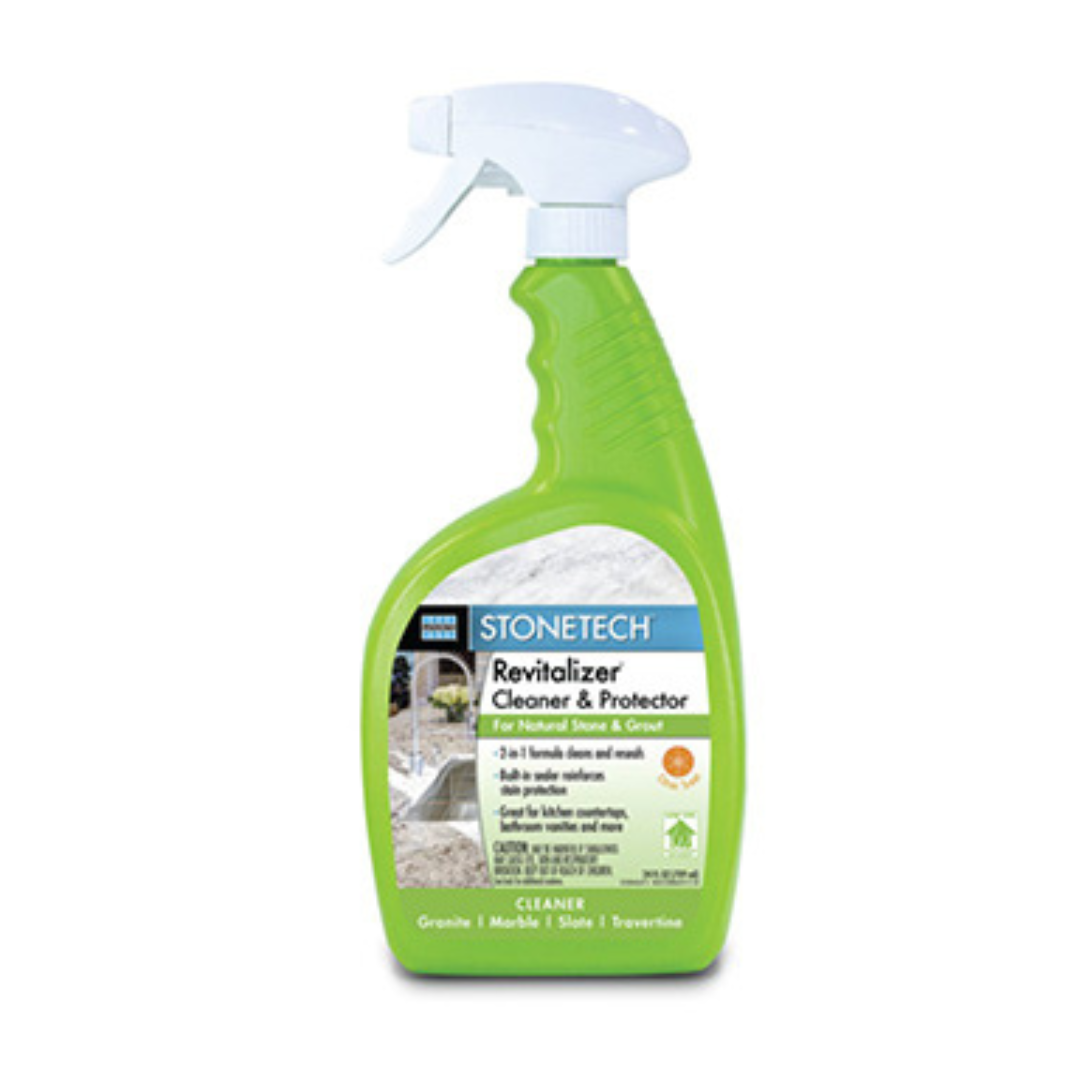
Products to Avoid
We have hinted at a few products to avoid using on slate as they can etch or stain your stone. Depending on the quality of the slate and severity of the stone, fabricators could provide products to help remove the stain or help you in completely replacing the countertop altogether.
· Abrasive Materials: Products like hard scrubbing brushes, steel wool, and other abrasive cleaners can etch the stone to make it appear dull and faded.
· Harsh Chemicals: Avoid using strong cleaners like bleach, ammonia, lemon scented cleaners, rust cleaners and other chemicals designed to remove grime as they can cause permanent discoloration of slate.
· Oil Sprays: Certain sprays will seep into the pores of slate and cause staining and discoloration.
· Wax: Wax cleaners and products could melt on the countertop and seep into the pores to cause staining and discoloration.
[get_quote]
Tips to Keep Slate Clean
Cleaning slate countertops is only one step to keeping them healthy. Being proactive to avoid messes and spills from becoming stains will be the key to ensuring slate countertops have a long life.
· Remove Spills Immediately: Get rid of spills the moment they happen. The longer a spill is left to sit on a countertop, the longer it will seep into the stone and form difficult stains.
· Seal For Added Protection: Not all slate will need to be sealed as high-end slate will not be as porous as low-end slate. However, sealing slate is still optimal for ensuring spills do not become stains and allows messes to be cleaned up easier.
· Keep Countertop Dry: Water stains can be difficult to remove and can form whenever water is left to evaporate on a surface. Keeping the countertop dry will reduce water stains from forming and keep slate in a healthy state.
· Use Slate / Teak Oil: These oils are specifically designed for slate to enhance and protect its surface. Applying it with a soft, microfiber cloth will be another layer of protection for slate countertops.
Conclusion
Slate countertops are exceptionally easy to clean and keep healthy, as long as you avoid using harsh chemicals and abrasive scrubs. Owning a high-quality slate is even easier to tend to since it is non-porous and can be cleaned quickly. Follow our guideline and your slate countertops will shine for a lifetime.










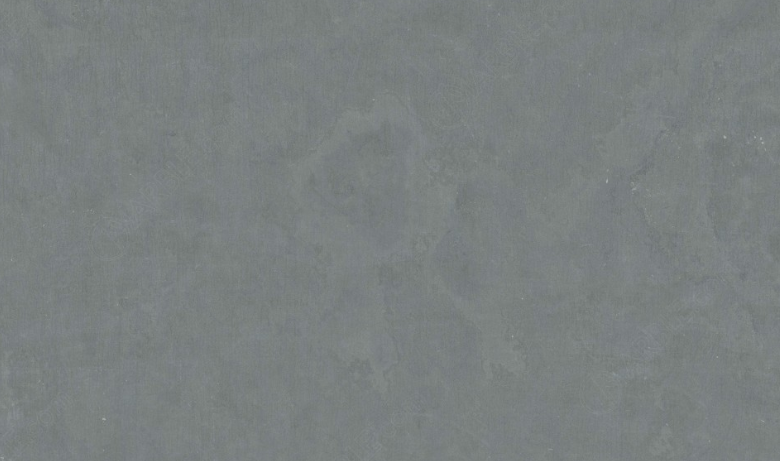



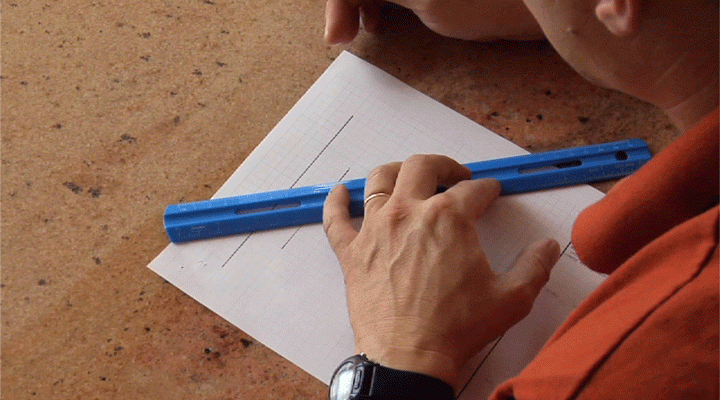
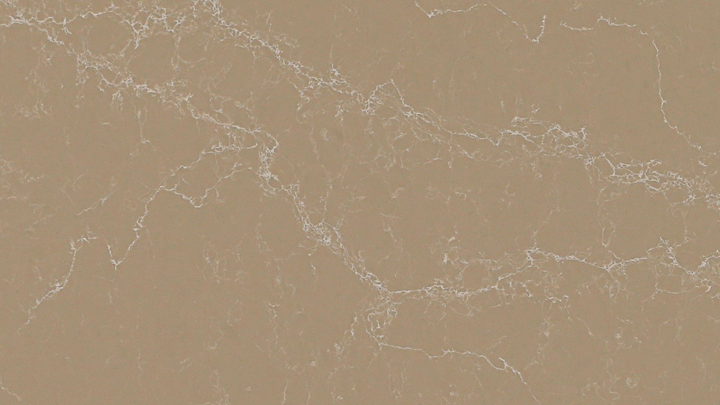
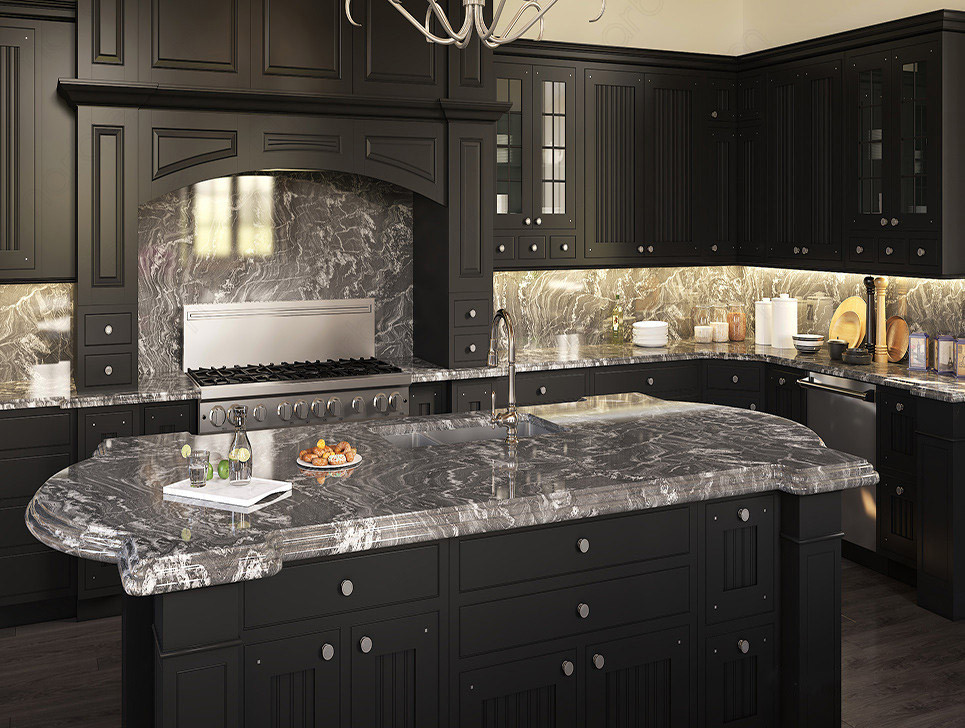
 The article helped me immensely
The article helped me immensely
 I’m now more informed on the subject
I’m now more informed on the subject
 I have questions about Marble.com
I have questions about Marble.com
 The article was not accurate at all
The article was not accurate at all
 There is a serious lack of information
There is a serious lack of information
 I have questions about Marble.com
I have questions about Marble.com